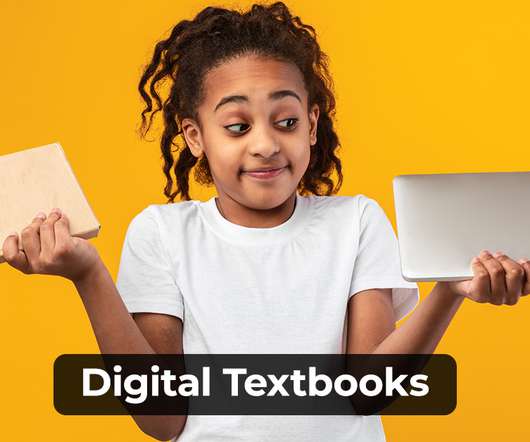How does an intelligent learning platform help teachers create a truly personalized learning environment?
Neo LMS
AUGUST 23, 2022
Instead of a one-size-fits-all curriculum, a personalized learning environment emphasizes: Each student’s skills and interests . Students’ individual learning goals. Flexible teaching strategies and adaptive learning. Personalized learning puts students at the center of the educational experience.



























Let's personalize your content